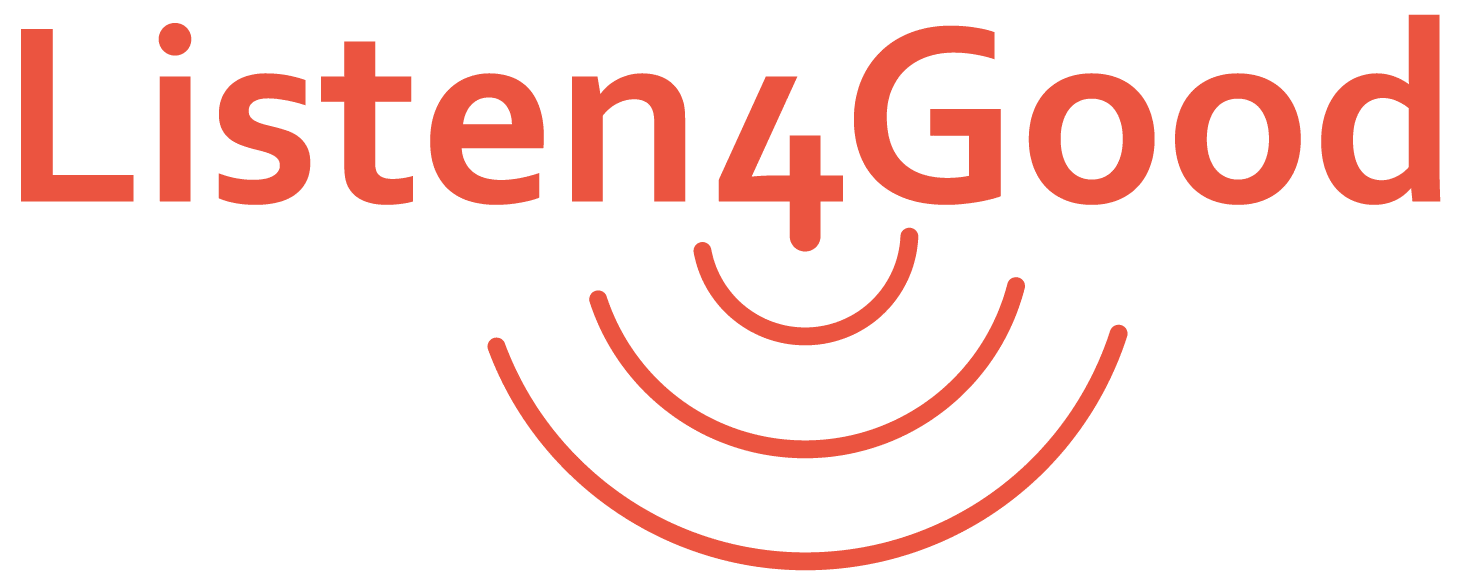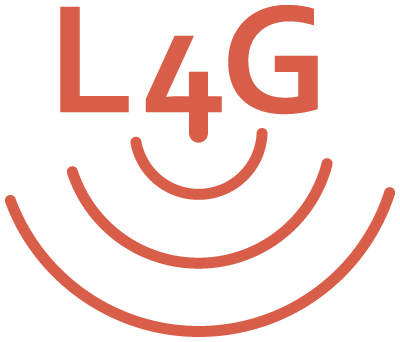- Guides & Toolkits
How to Use Feedback Analysis in Your Nonprofit | Listen4Good
June 22, 2023
- Collecting Feedback
- Feedback Basics
- Feedback Best Practices
- Surveying

How To Do Customer Feedback Analysis
Any organization that serves other people, regardless of whether it is a nonprofit or for-profit, benefits by collecting customer feedback and analyzing it for information. While nonprofits have traditionally often not analyzed feedback from the people they serve, those that do find a wealth of insights. Clients or the people served see things that program practitioners do not. Their feedback on their experience with your organization can tell you what’s working well and where you need to improve to ensure a quality experience.
What is Customer Feedback Analysis?
Customer feedback analysis is a multi-step process that includes collecting, categorizing, interpreting and sense-making data from customers, or, in the case of nonprofits, the clients served.
Why is Customer Feedback Analysis Important?
For nonprofits, customer feedback analysis can help you determine weak areas in service delivery, opportunities for new programs, and also understand which offerings or experiences your clients appreciate most. It can also help you identify team members who may be doing an exceptional job, or those who may need more support to do their work.
Gathering feedback and using it to drive program improvements. provides an important channel for your customers to voice their concerns and to feel respected by your organization.
Challenges of Analyzing Customer Feedback
Analyzing customer feedback can feel challenging if you are not trained in survey techniques, or if you are attempting to create a process on your own from scratch.
You want to be crystal clear about the goal of your feedback effort. What is the information you are trying to glean? And if you are using tools like a survey, how can you keep your survey succinct?
For example, at Listen4Good, we encourage surveys as a way to gather feedback, and believe that the survey you construct should be no more than 20 questions. Each question should yield an answer that provides actionable data and insights.
You’ll want to make it easy for your customers to take the survey to ensure that you get teh greatest number of responses possible. Two of the hardest parts of getting actionable feedback are ensuring that you hear from enough people to act on what you hear and also that you have created a space to manage courtesy bias, which is the tendency for people to say ‘things are all great’ even if they don’t think so, due to the inevitable power imbalances between providers and clients.
When reviewing the feedback, you’ll want to create easy ways to categorize the feedback so that you can figure out how to do something about it, and also communicate key results back to the people who completed your survey. To effectively categorize the data, you will need enough of it – so again, need to be thoughtful about how you distribute and collect the feedback.
If you construct your feedback and survey process well, you should be able to collect actionable feedback that will answer some of the key questions you are posing.
Types of Customer Feedback
There are several types of customer feedback. When you can sort it into one of these categories, it becomes easier to collect and categorize it.
Positive / Negative
Feedback can be positive or negative. Positive feedback can be characterized by a high rating on a numeric scale, or by written free-form qualitative feedback, or even verbal feedback.
For example, at My Friend’s Place, staff closed the loop on their survey by posting signs all over the building. They also talked to the youth about the changes made in response to the survey results. One day, a youth looked at one of the signs and said, “I remember that survey. You guys actually listened.”
Negative feedback is often identifiable by a low rating on a numeric scale, or by qualitative feedback in an open-box answer. For example, one client to a food bank survey collected through Listen4Good noted, “I waited for food in the hot sun for a long time. It would be nice to have shade.”
Negative feedback often masquerades as neutral feedback. If you see neutral feedback, you may want to dig deeper to learn more about the rating or experience.
We at Listen4Good actually celebrate when organizations receive negative feedback, as it provides valuable insights on areas for improvement and suggests that organizations have built sufficient trust with their clients to elicit their candor.
Topical
Feedback can also be categorized into different topics that align to programs or operations at a nonprofit. For example, feedback may be related to the client intake process, staff interactions, or refer to a specific program or site of service.
Beyond topics, it’s also critical to segment your client feedback by who provided it. By looking at patterns by client demographics, for example, you can identify if there are specific subgroups that are having distinctly positive or negative experiences. Similarly, breaking feedback into categories by site can help identify exemplars from those needing additional support.
Insightful vs. Non-Insightful Data
That said, not all data is helpful. When Listen4Good works with organizations to construct surveys, we get clear on the goal of a survey, then work with an organization to build questions that will yield actionable, insightful data. Every question counts!
It is all too easy to create a question that yields non-insightful data. For example, you could ask, “What would be a more convenient location for our office?” Your clients would suggest a new location that is closer to their homes. But, if it is not possible for you to move your location, then the data you collect from this question will not be helpful to you. The concept of garbage in, garbage out is applicable here.
Further, sometimes overall trend data is not that insightful as it’s hard for you to act on mid-land results. That’s why segmentation or categorization of data by themes, sites, or client populations is so important. Once you get under the overall trend lines, you can often start to see key areas of actionability.
How To Analyze Customer Feedback: 3 Steps
There are three key methodological steps to analyze customer feedback: use friendly feedback channels, gather feedback in one place, and categorize customer feedback.. Let’s explore each in turn.
1. Select Feedback Channel
First, think about the ways that your clients most often communicate and engage with you. Do they prefer text messaging? Pen and paper? Do they use tablets? Or would they prefer phone calls or anonymous surveys that they can send in the mail? You’ll want to choose the engagement method that your clients are most comfortable with. You may have to use multiple methods given variation in your client population.
2. Gather Feedback in One Place
It’s best to collect feedback in one place. This can be accomplished manually with spreadsheets. If you use software, such as SurveyMonkey or GoogleForms, the tool will collect and organize the responses for you.
Having all of the responses in one place will make it easier to review the data, slice and dice it, and interpret it so that you can act upon it.
3. Categorize Feedback (Root Causes)
Finally, you’ll want to categorize the feedback you receive in a way that allows you to see the root cause or driver of the feedback.
For example, Second Harvest Food Bank of Santa Clara and San Mateo Counties in California saw distinct patterns in their feedback across their 10 service sites. By digging in to look at the client demographics of each site and distinct’ clients’ feedback, they were able to identify that some of their sites served large Asian populations but did not have culturally sensitive food nor translated signage and resources. By categorizing feedback in this way, the food bank was able to specifically target improving the client experience for Asian Americans through better resources and native-speaker volunteers.
Feedback Analysis Tools
There are several tools you can use to collect and analyze customer feedback. In addition to pen and paper, you can administer surveys through online platforms such as SurveyMonkey or GoogleForms. Online platforms automatically organize the data for you, which makes it easier to analyze the information you collect.
When you join Listen4Good as a participant, you receive access to a premier version of SurveyMonkey, which allows you to translate your survey into 55 languages and also provides rich data visualizations to analyze your results. Your coach can help you make the most of your subscription and interpret the data you receive.
Learn more about Listen4Good’s program features here.

